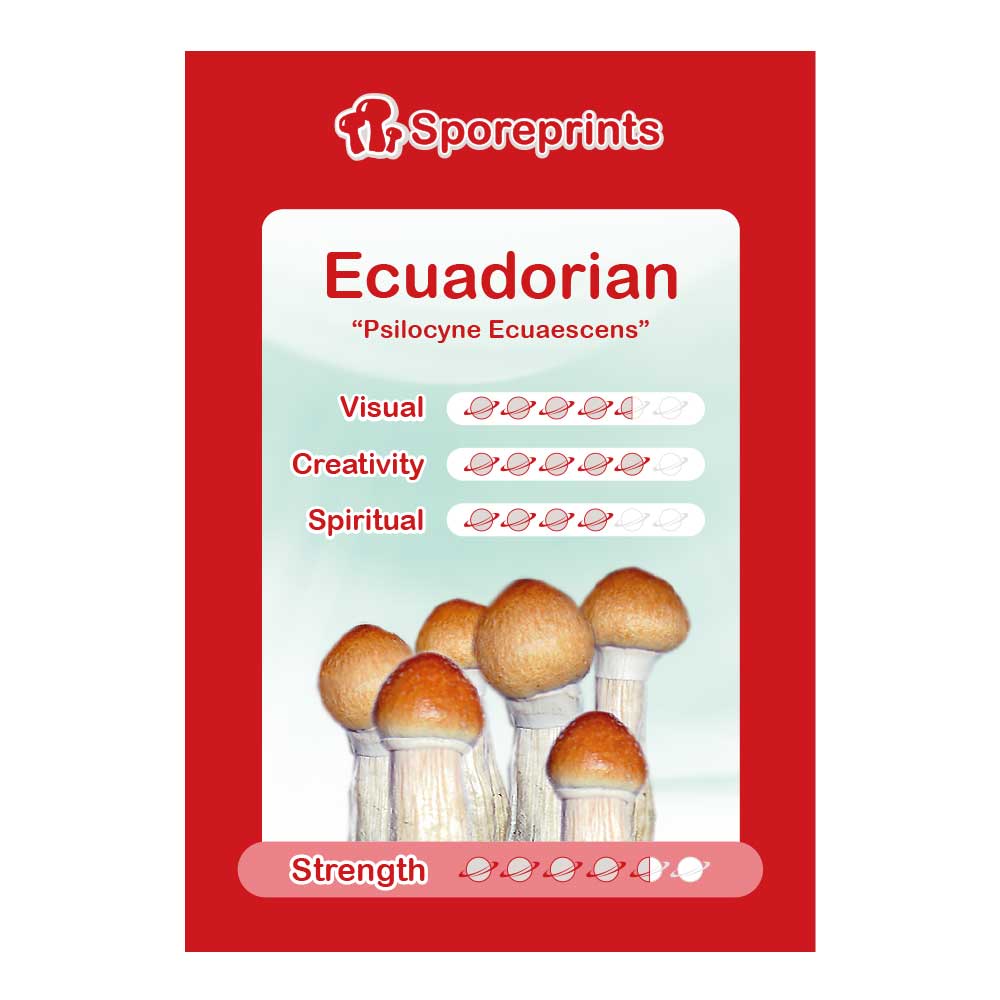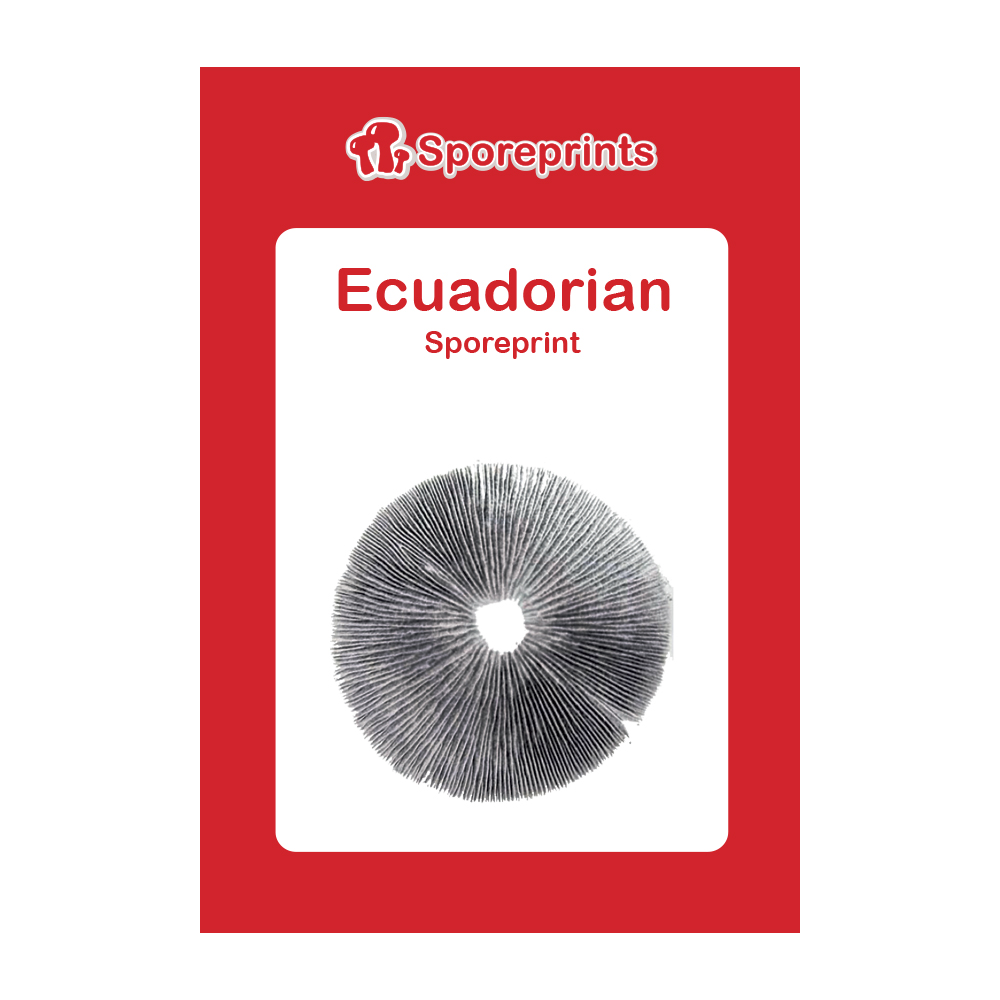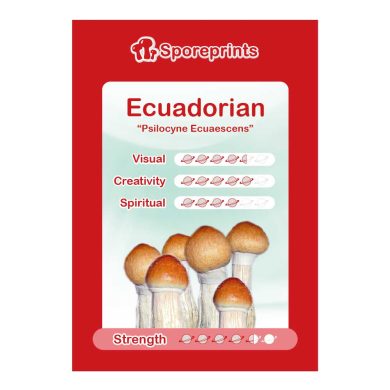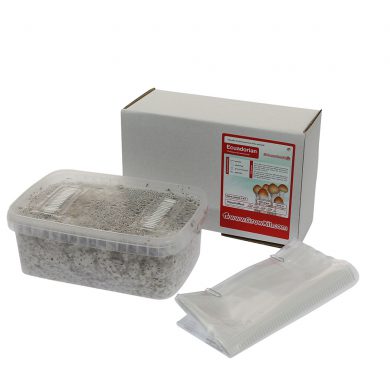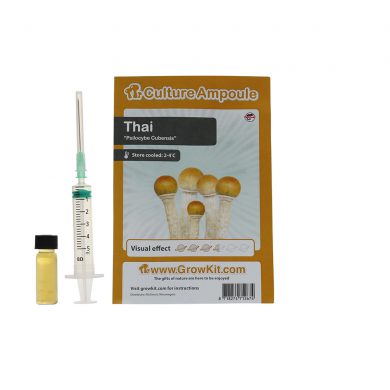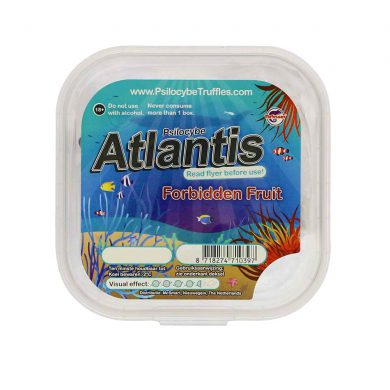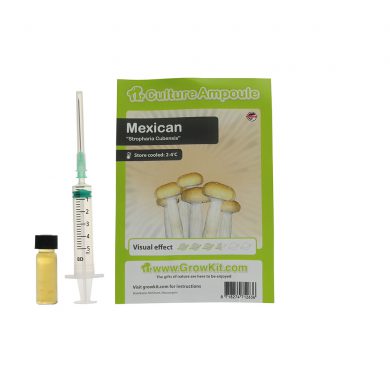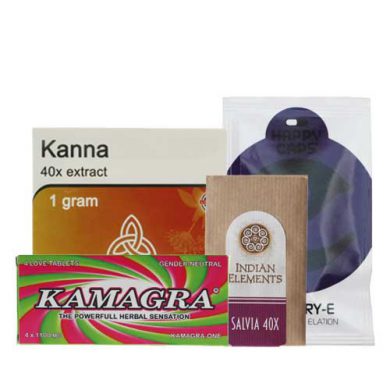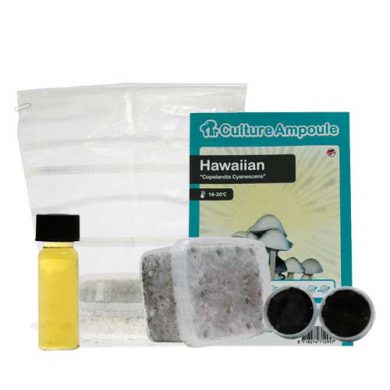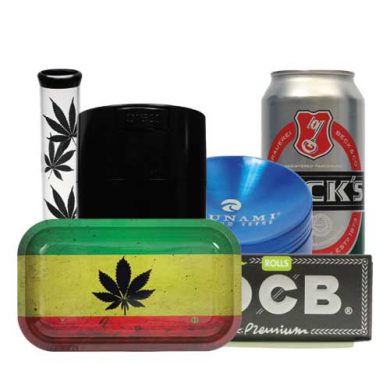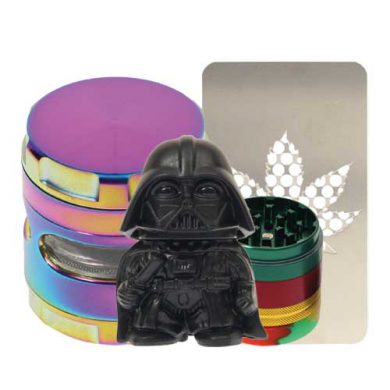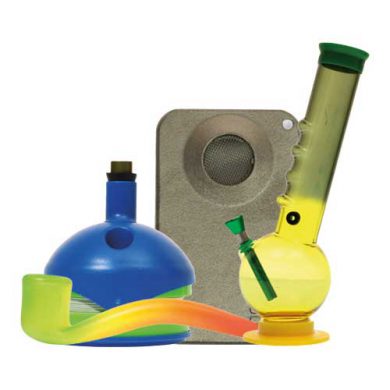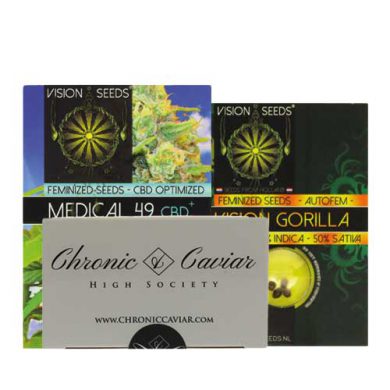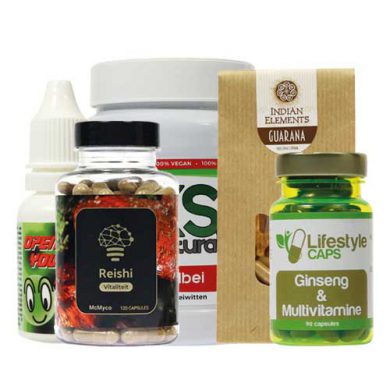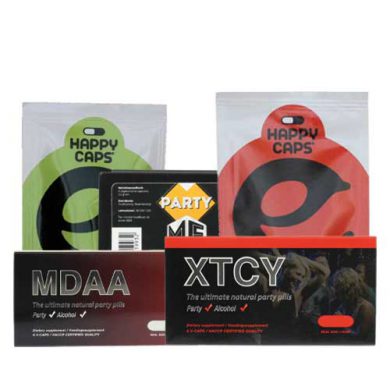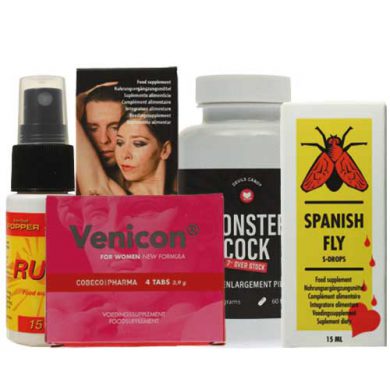What Are Ecuadorian Sporeprints?
Ecuadorian Sporeprints are a vital tool for growing magic mushrooms. A sporeprint is a collection of millions of fungal spores from a mushroom’s cap, imprinted onto a medium like foil or paper. These spores contain the genetic information needed to cultivate new fungi, making sporeprints an essential part of mushroom cultivation for enthusiasts.
The Ecuadorian Sporeprint, sourced from the high-altitude regions of Ecuador, provides a unique opportunity to explore the resilient and distinctive characteristics of this mushroom strain. Favored by experienced growers and researchers, this sporeprint is known for its authenticity and simplicity, making it a popular choice for those interested in the natural cultivation process.
History of Ecuadorian Sporeprints
The Ecuadorian strain of magic mushrooms has deep cultural and ecological roots in South America. These mushrooms thrive in the Andean region, where they have been cherished by indigenous communities for centuries. They were traditionally used in spiritual and healing ceremonies to connect with higher consciousness and gain insight into the natural world.
Over time, the spores of these mushrooms were collected and preserved as sporeprints, allowing their genetic lineage to be studied and cultivated beyond their native habitat. Today, Ecuadorian Sporeprints are valued not only for their cultural significance but also for their robust genetic profile. Their history reflects the enduring relationship between humans and nature, blending traditional practices with modern cultivation techniques.
How to Use Ecuadorian Sporeprints
Step 1: Preparing the Petri Dish
Start with a sterile Petri dish containing an agar solution, which can be prepared or purchased pre-made. Make sure to open the dish in a sterile environment to avoid contamination.
Step 2: Adding the Spores
Use a sterile syringe to extract spore liquid from the vial. If you’re using a sporeprint, gently scrape some spores from the print and allow them to fall onto the agar surface in the Petri dish.
Step 3: Incubation
Close the Petri dish and place it in a controlled environment for the spores to grow into mycelium undisturbed. The incubation period can range from several days to weeks, depending on the conditions and the type of fungus.
Step 4: Purifying the Mycelium
Once the mycelium has grown sufficiently and covers a large portion of the Petri dish, it’s time to purify it. Carefully select a healthy, fully grown piece of mycelium for further use.
Step 5: Cutting the Mycelium
Using a sterile scalpel, cut a small section of the mycelium (about 6 x 6 mm). This piece will serve as the starter for a new, clean culture.
Step 6: Inoculating the Growth Medium
Transfer the cut piece of mycelium to a fresh growth medium, such as a new Petri dish with agar or another suitable medium. Ensure you handle the new medium in sterile conditions to preserve its integrity.
While the process requires patience and precision, it offers the opportunity to cultivate healthy Ecuadorian magic mushrooms. Each step provides a deeper understanding of fungal cultivation, making the process both rewarding and educational.
Ingredients of Ecuadorian Sporeprints
Ecuadorian Sporeprints consist entirely of fungal spores harvested from the cap of a mature Ecuadorian magic mushroom. These spores are carefully collected and preserved to maintain their viability and purity. Although the sporeprint itself does not contain any psychoactive substances, it is used to cultivate mushrooms that naturally produce compounds like psilocybin and psilocin.
Psilocybin and psilocin are the primary active ingredients in magic mushrooms. These compounds are known for their ability to alter perception, enhance introspection, and create profound experiences of consciousness. However, these substances are only present in the mature mushrooms grown from the sporeprint, not in the sporeprint itself.
Using high-quality sporeprints, such as those from McSmart, ensures that your cultivation journey begins with a reliable and pure source of spores, setting the stage for successful mushroom growth.
Warning
Magic mushrooms contain naturally occurring hallucinogens like psilocybin and psilocin, which can alter consciousness and cause hallucinations. Always store magic mushrooms out of reach of children, and be mindful of their effects when consuming.
